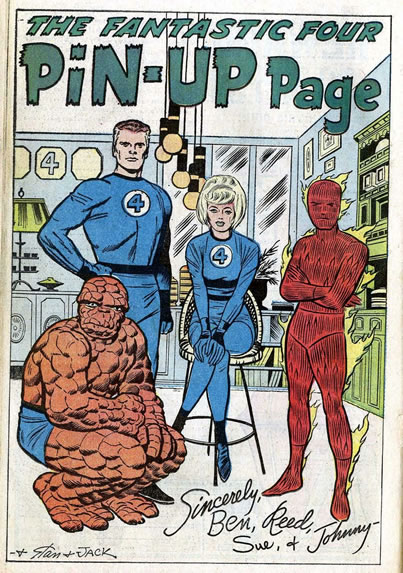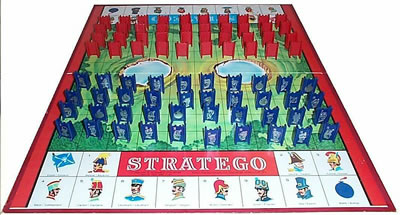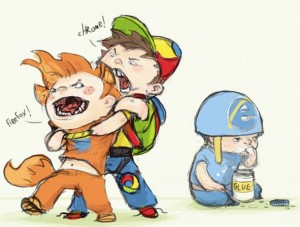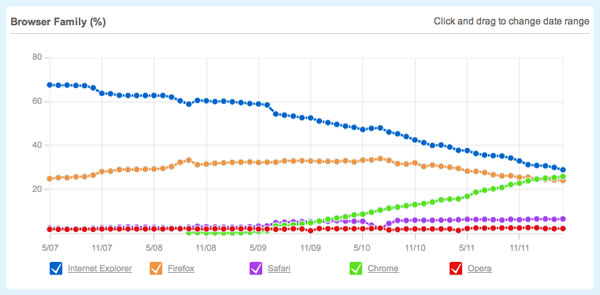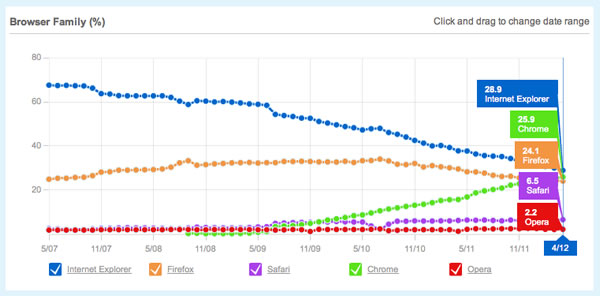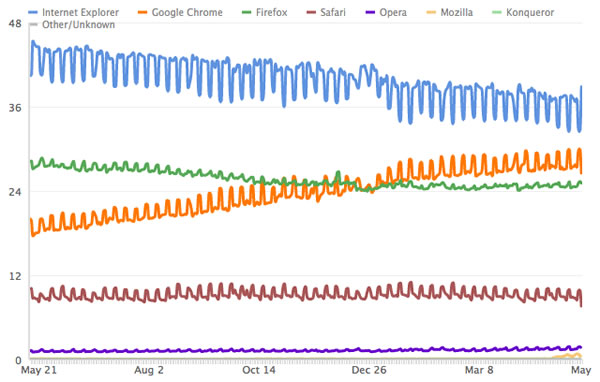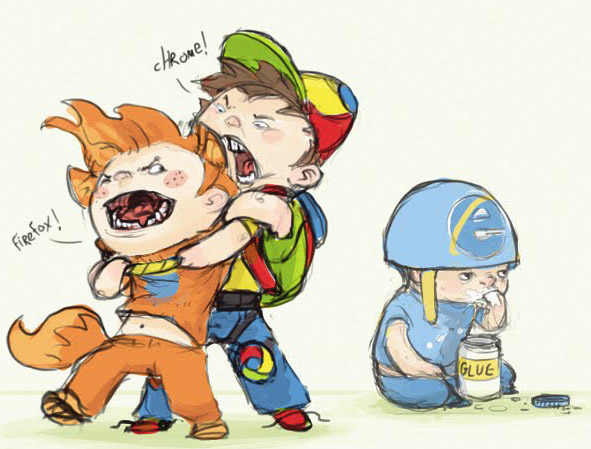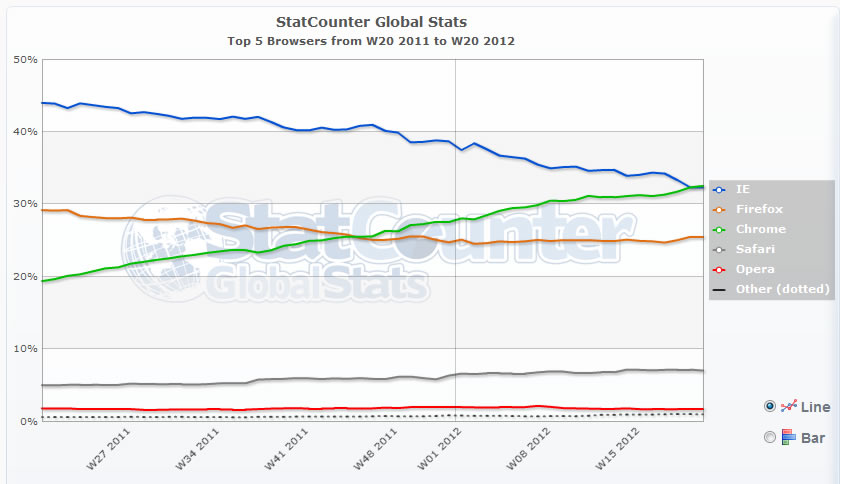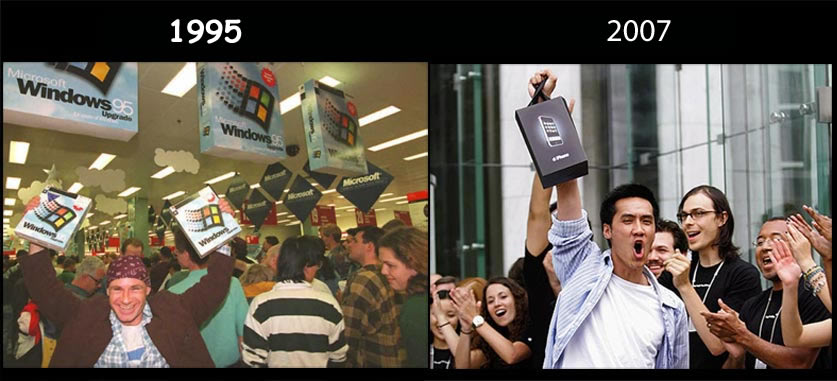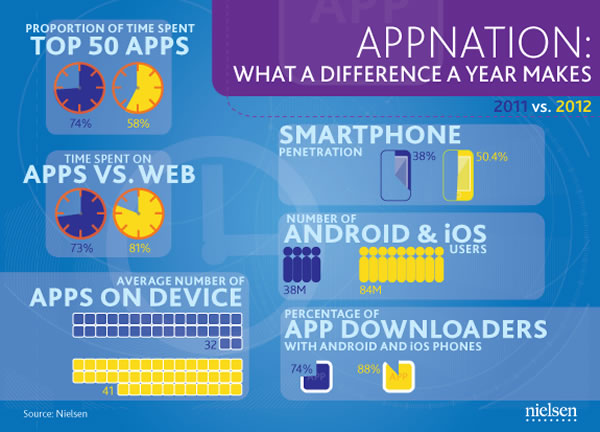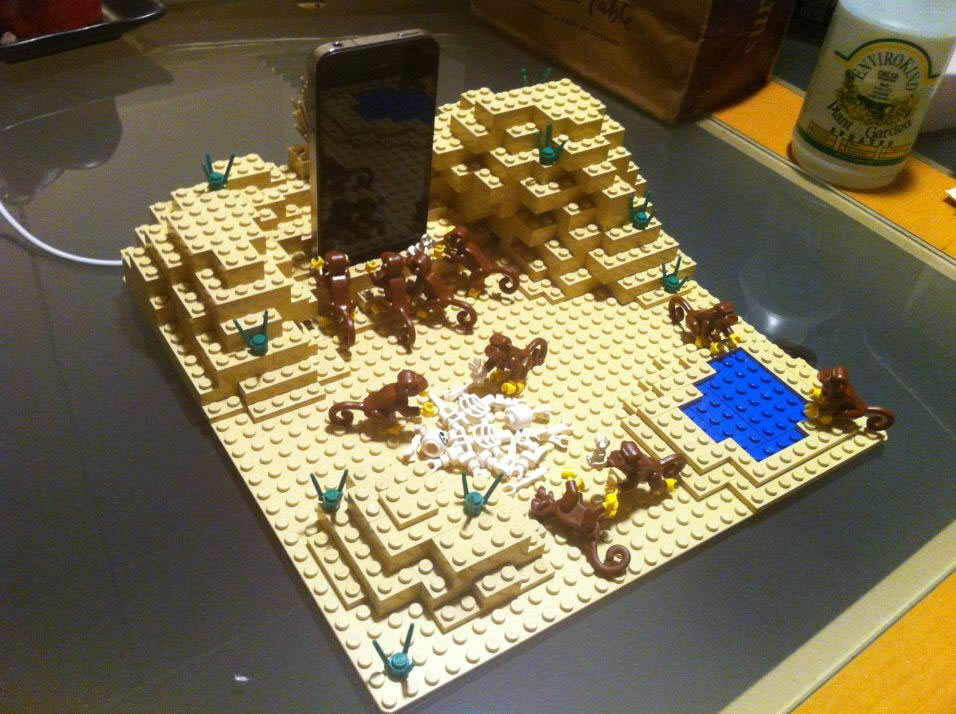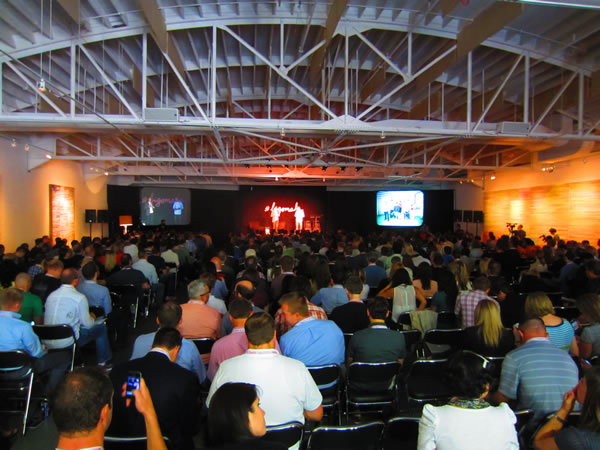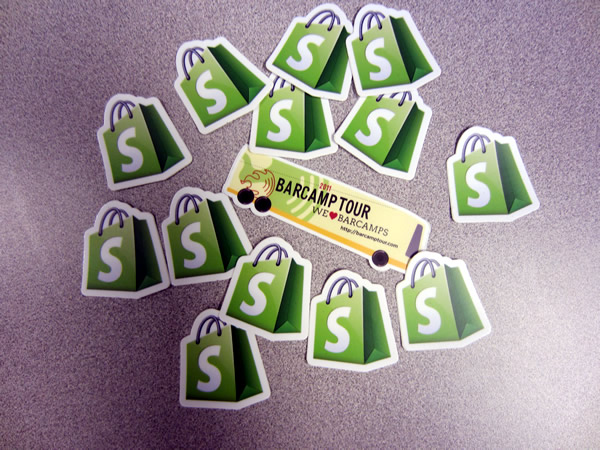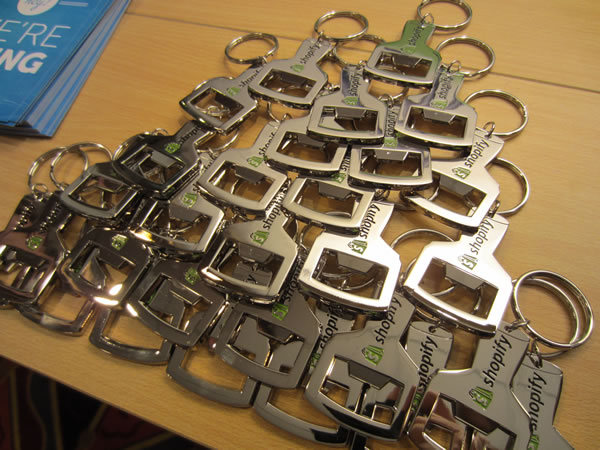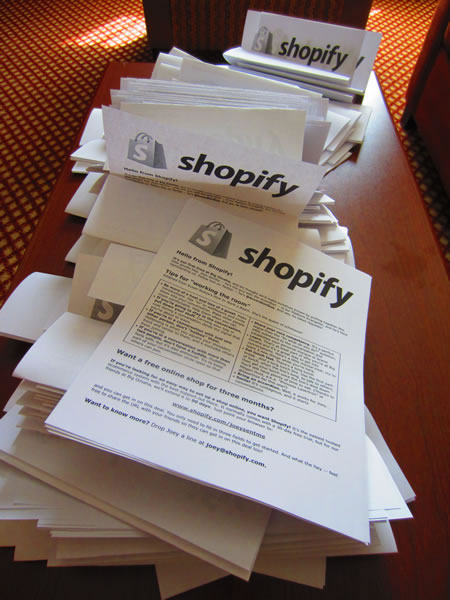Apple rules the mobile roost at TechCrunch Disrupt NY. “Pretty much every product being showcased was either built for iOS, or had been launched on Apple’s App store after appearing on another operating system,” says this Forbes article, which also points out that the prevalent phones, tablets and computers were iPhones, iPads and and MacBooks.
If you’re thinking of trying out RubyMotion, the toolchain that lets you write iOS apps in Ruby, you’ll want to check out a couple of articles by Tim Bugai over at Collective Idea’s blog:
- 5 Awesome Things About RubyMotion: A quick list of some of the benefits that Tim’s enjoying by developing iOS apps with RubyMotion instead of XCode and Objective-C.
- Using RubyMotion with Parse.com: If your mobile app needs a back end, Parse.com is a quick and easy way to get one up and running in a hurry. This article features an example where you build a mobile chatroom app using RubyMotion and a back end providing push notifications with Parse.com.
Four Types of Mobile Apps. Chris Dixon says that if you’re trying to create or invest in a mobile app, it’s helpful to think of the four categories that apps typically fall into:
- Time wasters: Apps used in short bursts, typically to make the time pass a little more quickly while you’re waiting or in transit.
- Core utilities: The must-have apps that you use all the time, such as phone, contacts, texting, calendar and so on.
- Episodic utilities: The apps that you don’t use all the time, but are incredibly handy during those times when you need them. Examples include Hipmunk when you’re trying to book a flight or OpenTable when you’re making restaurant reservations.
- Notification-driven apps: Apps that notify you when certain events occur. Chris says that this is an emerging category of apps that he expects to grow as apps get smarter about when to notify and as battery life gets better.
Selecting a Mobile Implementation Strategy: This article presents two strategies for building mobile apps:
- The “Laser” Strategy, in which you focus on a small set of features on a single platform and make the user experience highly polished and immersive.
- The “Cover Your Bases” Strategy, in which you build a lower-fidelity app, but one that works across many mobile platforms.


